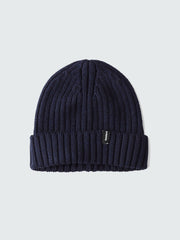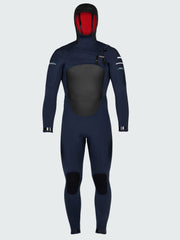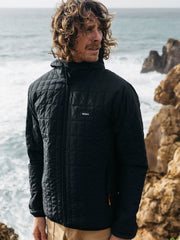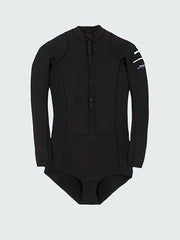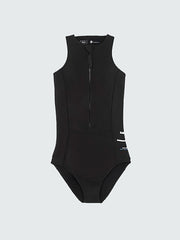We’ve been using recycled polyester to make our jackets since 2006, back before it was widely available or even desirable. But true circularity is about more than recycling or using recycled materials. It’s about an entire system change, extending product durability and repairability, treating waste as a resource, and reimagining our relationship to consumption.
The latest step on our circular journey has been to team up with the Circular Textiles Foundation (CTF) to create recycled PET buttons made with post consumer polyester waste, including our own old jackets.



























